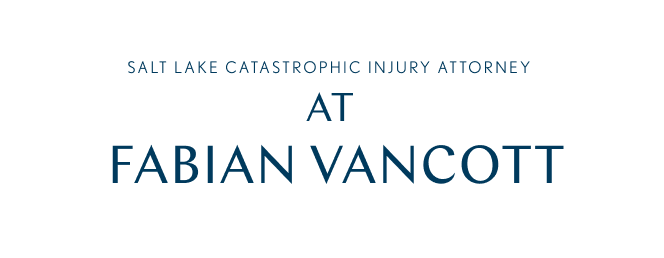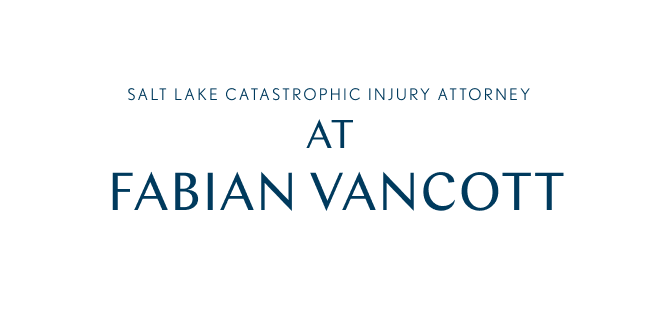Brad Parker, Jim McConkie, and Alex Evans of Parker & McConkie received a verdict yesterday afternoon in Provo in a care-center malpractice-wrongful death claim.
Update- here is the link to the KSL story.
The case is Adams v. Provo Rehabilitation & Nursing Center, Civil #100404282 (Judge Claudia Laycock, Fourth District Court for Utah County). Opposing counsel was Steve Hester of Williams & Hunt.
Plaintiff’s counsel provides the following information :
Plaintiff’s 71-year old, nursing home bound, non-ambulatory father [Jack Adams] with Parkinson’s, congestive heart failure, diabetes and respiratory difficulties died after mistakenly being given narcotics intended for another patient. Worried that she would be fired, the Provo Rehab and Nursing nurse falsified the record, gave the decedent medication that should have been given to another patient to help hide her error, and then failed to report her error, lying to the hand-off nurse. Later that night, the patient began to have trouble breathing, and passed away in the hospital two days later of ‘natural causes.’ Ten days later– after learning of the patient’s wrongful death– the nurse reported her error. When sued along with the care center, she declared bankruptcy. She had no assistance, declared bankruptcy out of state, and plaintiff did not contest her discharge.
The trial dealt only with the vicarious liability of the care center, and the jury was so instructed. The trial court disallowed any vicarious liability punitive damages claim. Provo Rehab claimed the nurse’s actions in hiding her error were outside of the course and scope of her employment and asked Judge Laycock, over objection, to allow the jury to apportion “causative fault” between the negligent act and the intentional act of concealing the error; that is, to split the employee’s underlying fault into two parts. The judge granted that motion. The care center was also allowed to argue that because the patient could have been given Narcan immediately and lived, the nurse’s intentional acts were the sole cause of the wrongful death– essentially that the nurse’s concealment of her error was a superseding cause to her own prior negligent act. At trial, plaintiff was precluded from presenting any evidence “critical of the care center,” or of arguing in any way that the care center had any direct liability.
The jury deliberated for 5 hours and, although it found the forgery of the narcotic record, the attempt to conceal the error by giving the medication intended for the deceased patient to another unidentified patient, and the intentional failure to report outside of the course and scope, it found the death was caused by both the negligence and the intentional concealment, and then apportioned fault 65% to the negligent medication error and 35 % to the intentional concealment – rendering a verdict of just over 1.4 million dollars.
Notes
First, the distinction between allocation of fault and allocation of causation under the Comparative Fault Act is a confusing one. We also have the separate issue of some acts by an employee within “course and scope” and some not, and thus, employer liability for some acts but not for others. It sounds to me like this will have to be sorted out on appeal.
Second, this verdict demonstrates again the willingness of juries (even in Provo) to award significant non-economic damages. I have to assume that there was no lost wage claim here, nor any significant medical bills, past or future.
FJC


